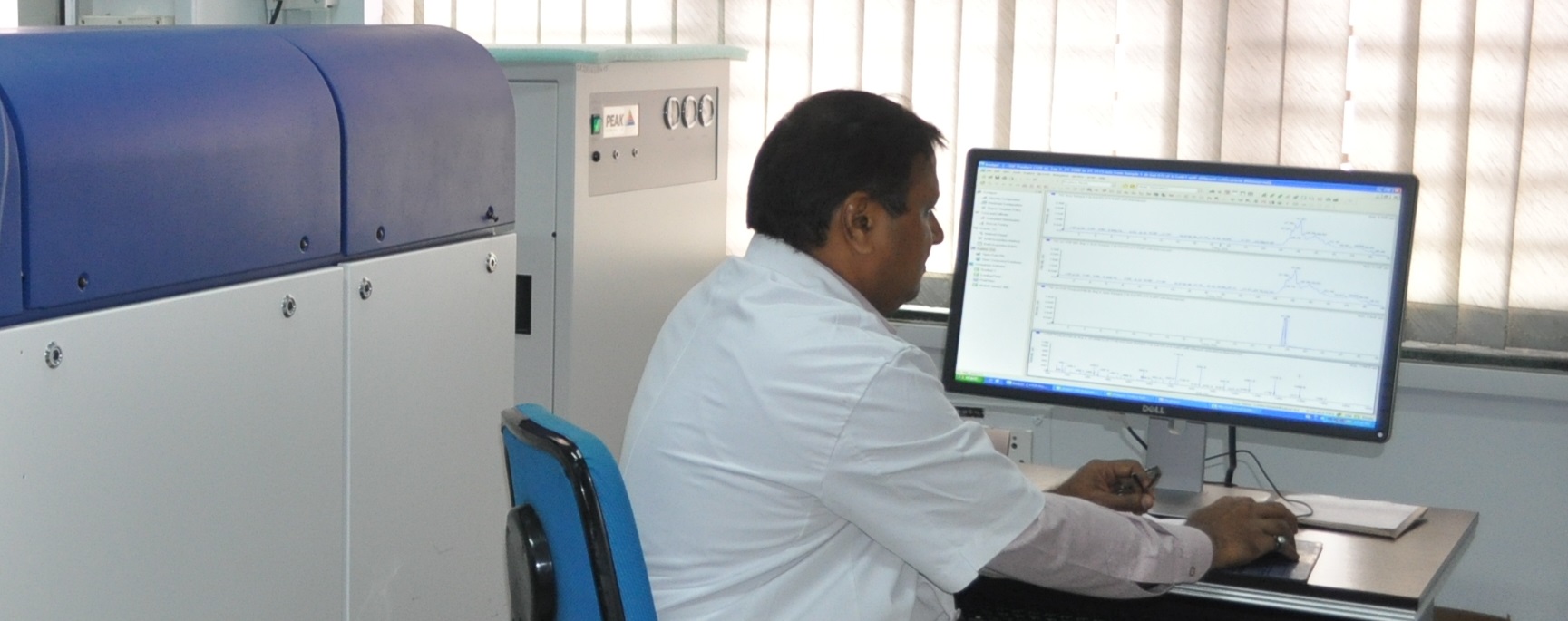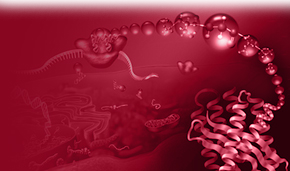|
|

|
|
Science Sparks @ ACTREC
|
 15th November 2021 15th November 2021 |
Vol. No. 10; Issue No. 501 |
|
|
Publications
|
|
1. Abraham G, Noronha V, Rajappa S, Agarwal A, Batra U, Somani N, Raja T, Patil S, Kaushal AM, Joshi A, Radhakrishnan V, Singh N, Babu K G, Tewani R, Baghmar S, Dodagoudar C, Ananthakrishnan R, H P S, Sharma V, Menon N, Patil V, Joshi A, Gupta S, Prabhash K, Bajpai J (2021). "The clinical utility and safety of Short-course Immune check point inhibitors (ICI) in multiple tumors - A real world multicentric study from India". International Journal of Cancer.
2. Pansare K, Vaid A, Singh S, Rane R, Visani A, Ranjan M, CM Krishna, Sarin R, Joseph A (2021). Effect of cold atmospheric plasma Jet and gamma radiation treatments on gingivobuccal squamous cell carcinoma and breast adenocarcinoma cells. Plasma Chemistry and Plasma Processing.
3. Solanki SL, Thota RS, Rajan J, Gangakhedkar GR, Jain P, Gottumukkala V, Garg R, Cata JP, Goswami J, Ranganath N, Ramkiran S, Ghai B, Popat KU, Buggy DJ, Pingle AA, Baxi V, Rayani BK, Thomas M, Bhatnagar S, Divatia JV (2021). Multimodal opioid sparing onco-anesthesia: A consensus practice guideline from Society of Onco-Anesthesia and Perioperative Care (SOAPC). Journal of Opioid Management. 17(5): 417-437.
4. Moiyadi AV, Shaikh ST (2021). Intraoperative imaging in the management of brain tumors: A review of contemporary adjuncts used in routine practice. International Journal Neurooncology 4 (Suppl S1): 132-4.
5. Santosh V, Rao S, Dasgupta A, Gupta T (2021). Diagnosis and management of central nervous system embryonal tumors in the molecular era: A contemporary review. International Journal of Neurooncology. 4 (Suppl S1): 190-205.
|
|
|
|
|
|
|
Legends of Science
|

|
Anil Kumar Lala
Anil Kumar Lala obtained his Ph.D. degree from Bombay University in 1975. His notable contribution was in the area of the structural organization of membrane-bound proteins. He developed photochemical reagents as new tools to elucidate structural information of membrane protein interaction. He recognized the opportunity to create highly reactive carbenes capable of rapid insertion into chemical bonds upon generation by photolysis. He developed diazafluorene as a new fluorescent photochemical reagent providing an alternative to light activable radiolabels. He was the Professor of Chemistry and Biotechnology and Head, Biotechnology Centre, Indian Institute of Technology, Mumbai. Lala was the Alberta Heritage Foundation Visiting Fellow, Canada and Visiting Professor at Harvard Medical School. He was the recipient of the INSA Medal for Young Scientists (1981); Associate Fellow (1983-86); and Fellow of the Indian Academy of Sciences, Bangalore.
|
|
| |

|
Narayana Balakrishnan Nair
Narayana Balakrishnan Nair obtained his Ph.D. from the University of Madras in 1955. His particular interest was taxonomy, functional morphology, embryology, digestive physiology and ecology of organisms concerned with biodegradation of cellulose in aquatic habitats. He elucidated the biology of several shellfish and fin fish species, their pathology, and aquacultural techniques. He made noteworthy contributions to the ecology of tropical wetlands and their conservation and ecology of marine algae, mangroves, and seagrasses. He advocated for trawling ban during monsoon seasons. He was the recipient of the Shanti Swarup Bhatnagar Prize in 1971, Padma Shri in 1984. He was the elected Fellow of The World Academy of Sciences, Zoological Society of London.
|
|
| |
|
|
Do You Know?
In, 2000 A study reported germline loss of function mutations in the gene encoding a subunit of succinate dehydrogenase (SDH, also known as mitochondrial complex II) in patients with hereditary paraganglioma.
|

|
|
|
Cancer News
|
| |
|
|
| |
|
|
|
New technique may lead to safer stem cell transplants
|
|
11 November 2021, MedicalXpress
|
|
As an alternative to high-dose chemotherapy and whole body radiation, DiPersio,who also directs the Center for Gene & Cellular Immunotherapy and his colleagues harnessed drugs that are toxic to cells, and attached these drugs to antibodies that target specific surface proteins that are expressed primarily on bone marrow stem cells...
|
|
|
|
|
| |
|
CRISPR screen identifies new anti-inflammatory drug target
|
|
11 November 2021, ScienceDaily
|
|
A metabolic enzyme that has been studied in cancer biology and is important for T cell function may offer a new target for anti-inflammatory therapeutics, researchers have discovered. They report that inhibiting or genetically deleting the enzyme, called MTHFD2, reduced disease severity in multiple inflammatory disease models...
|
|
|
|
|
© 2021 Advanced Centre for Treatment, Research and Education in Cancer (ACTREC)
|
|
